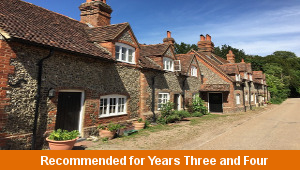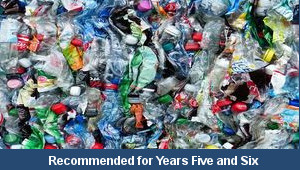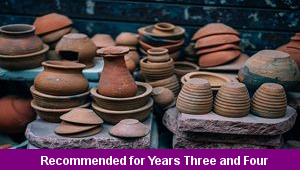Lesson Seven – Plants for Clothing

This science teaching pack for Key Stage Two gets the children to practise writing a set of instructions for someone to follow about how to use some cotton plants to make different types of clothing.
The class can identify and describe some of the parts of a plant that can be used to make special fabrics for use in different items of clothing such as shirts and gloves.
Download this teaching pack including a lesson plan, classroom activities and an interactive presentation to practise writing a set of instructions for someone to follow about how to use some cotton plants to make different types of clothing
Activities in this teaching pack include display posters to identify and describe parts of a plant and their matching functions and sequence a set of instructions about how make cotton, a vocabulary word bank to support writing a set of instructions about how make a piece of clothing from cotton and a set of cards to sort and sequence a set of instructions about how to make clothing using parts of a plant.
The interactive presentation can be used to explore how to write instructions about how to use cotton plants to make some different types of clothing.
This lesson is part of a science scheme of work to get the children to identify and describe the common parts found on all plants and explain how plants can be used for different functions including food, shelter and clothing. There are teaching activities for shared learning, differentiated worksheets to support independent learning and interactive presentations to introduce concepts and key skills.
-

Cities, Towns and Villages
Research and present the history of a range of different buildings and people that are part of the local community using a school exhibition
-

Recycling
Research and present some of the benefits and disadvantages that can be produced when recycling different materials at home and in school
-

Viking Pots
Develop and refine a range of different art and design techniques when working with clay to make pots that represent Viking culture and traditions
-

Bronze Age
Research and illustrate how life in Britain developed and changed during the Bronze Age including the growth of communities and trade
